Home > Scandinavian design furniture > Lounge chairs > Wooden legs
Home > Scandinavian design furniture > Lounge chairs > Wooden legs
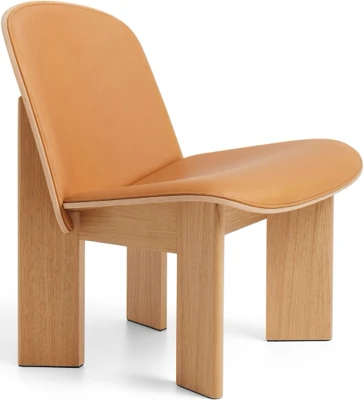
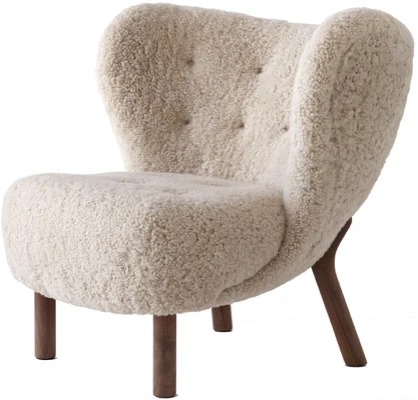
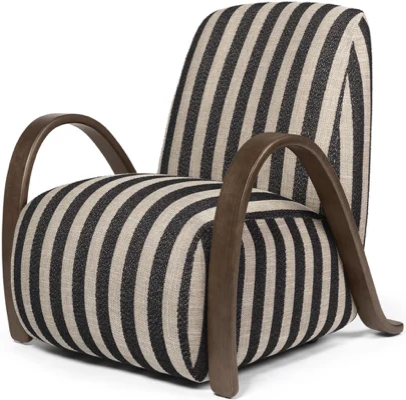
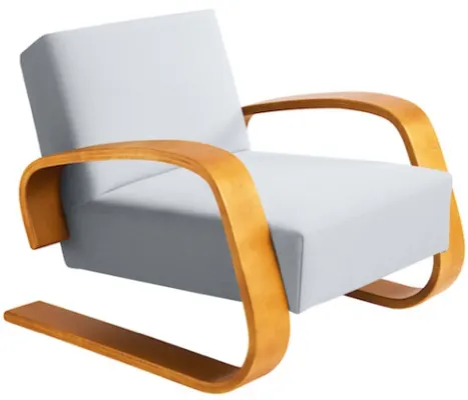
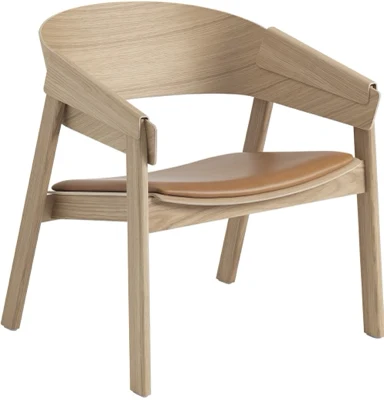
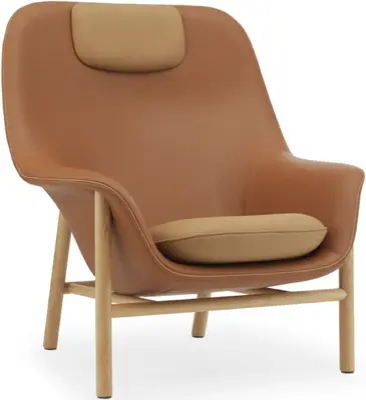
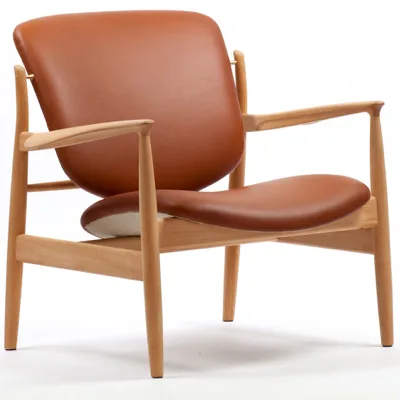
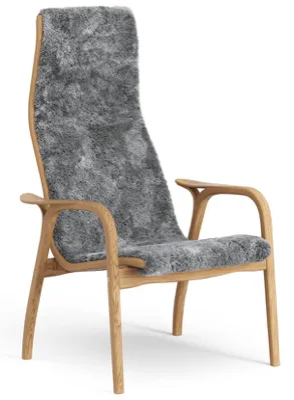
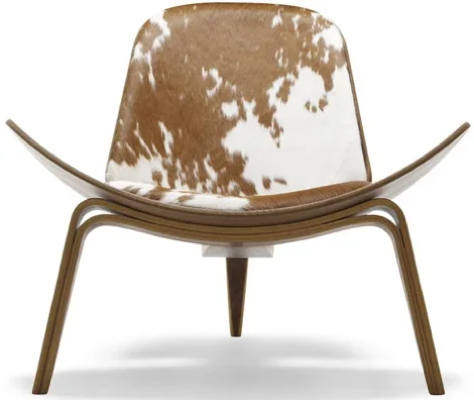
● AndTradition ● Artek ● Audo Copenhagen
● By Lassen ● Carl Hansen ● Cherner
● Dux ● FDB Møbler ● Ferm Living
● Fredericia ● Fritz Hansen ● Getama
● Gubi ● Hay ● House of Finn Juhl
● Karakter ● Muuto ● Normann Copenhagen
● Skovshoved ● PP Møbler ● Sika Design
● Swedese ● Vitra ● Wiener GTV Design
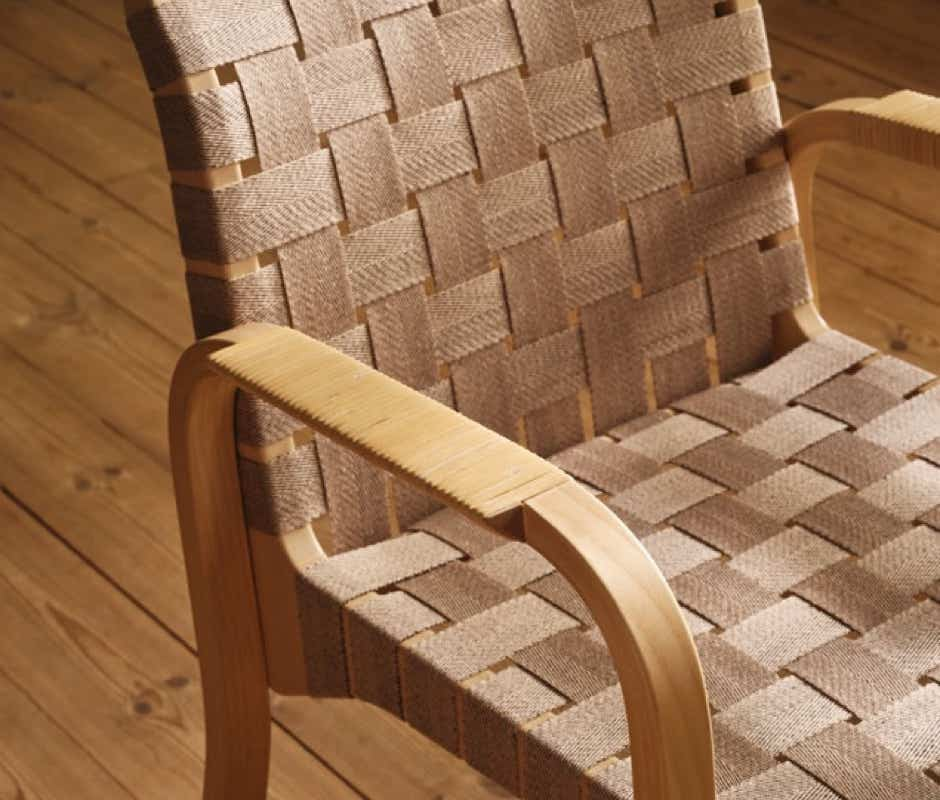
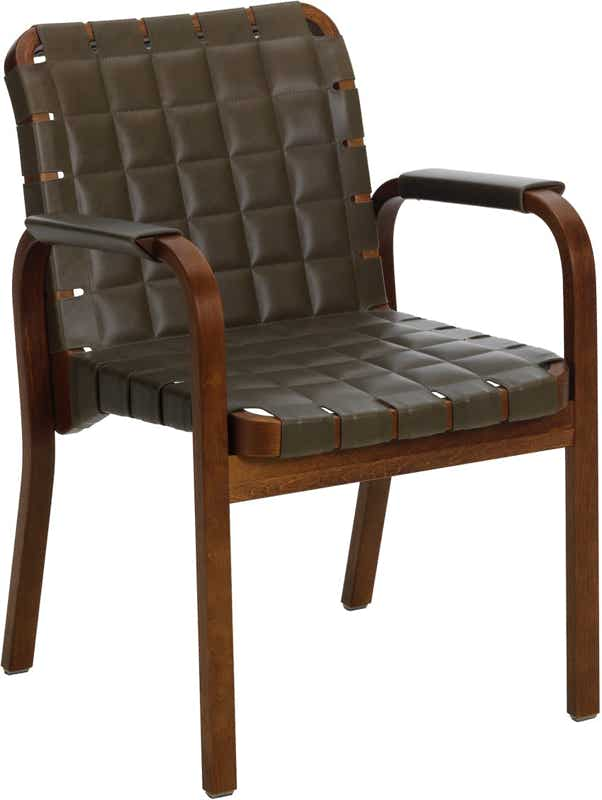
Scandinavian wooden designer chairs are emblematic of the Nordic style, highlighting the use of natural wood in furniture. Several renowned designers have left their mark on the history of Scandinavian design by creating wooden armchairs that have become design icons. These include Hans Wegner, Alvar Aalto, Hvidt & Mølgaard, Ilmari Tapiovaara, Bruno Mathsson, Børge Mogensen, Yngve Ekström, Kaare Klint, Finn Juhl, Nanna Ditzel, Viggo Boesen and Flemming Lassen.
Hans Wegner, one of Denmark's most famous designers, is renowned for his elegant and functional wooden armchairs. His CH07 armchair is an emblematic example of his work, with its curved wooden frame and 2 inverted U-shaped legs creating a light, timeless silhouette.
Finnish architect and designer Alvar Aalto is renowned for his innovative use of bentwood in his creations. His Paimio Chair is a remarkable example of his work, with its curved back and ergonomic seat offering exceptional comfort combined with an elegant Scandinavian aesthetic.
Danish design duo Hvidt & Mølgaard have also contributed to Scandinavian design with their distinctive wooden chairs. Their 'X Chair' is an iconic piece, with its solid wood frame and slightly sloping backrest, creating a balance between functionality and aesthetics.
Finnish designer Ilmari Tapiovaara has also made his contribution to Scandinavian design with his wooden armchairs. His "Mademoiselle" armchair is a notable example, with its curved wooden frame and upholstered seat offering a blend of softness and warmth in design.
Swedish designer Bruno Mathsson is renowned for his wooden armchairs that are both ergonomic and aesthetically pleasing. His 'Eva' armchair is an emblematic example of his work, with its curved wooden frame and sloping seat offering timeless comfort and design.
Danish designer Børge Mogensen is known for his functional and minimalist approach to Scandinavian design. His wooden armchairs, such as the "Spanish Chair", are characterised by their robustness and aesthetic simplicity, highlighting the natural qualities of wood.
Swedish designer Yngve Ekström has created wooden armchairs with organic, flowing lines. His "Lamino" armchair is a notable example of his work, with its enveloping shape, high back and matching footrest, offering remarkable comfort and elegance.
Kaare Klint, Danish architect and designer, is regarded as the father of modern Danish design. His "Safari Chair" is an emblematic example of his work, with its wooden frame and stretched canvas creating a simple, functional aesthetic.
Finn Juhl, another influential Danish designer, is renowned for his organic, sculptural wooden chairs. His "Chieftain Chair" is an iconic piece, with its bold lines and ingenious use of wood creating a remarkable visual presence.
Danish designer Nanna Ditzel has made a significant contribution as a woman designer to Scandinavian furniture. Her "Trinidad Chair" is a notable example, with its curved wooden structure and elegant backrest, offering a combination of organic forms and modern aesthetics.
Danish designer Viggo Boesen has created wooden armchairs characterised by rounded shapes and soft lines. His "Little Petra" armchair is an emblematic example, with its low back and curved armrests, offering enveloping comfort and timeless design.
Danish architect and designer Flemming Lassen is renowned for his elegant and functional creations. His "The Tired Man" armchair is a remarkable example, with its solid wood frame and comfortable upholstery, offering a combination of simplicity and comfort.
Renowned designers such as Hans Wegner, Alvar Aalto, Hvidt & Mølgaard, Ilmari Tapiovaara, Bruno Mathsson, Børge Mogensen, Yngve Ekström, Kaare Klint, Finn Juhl, Nanna Ditzel, Viggo Boesen and Flemming Lassen have all left a lasting mark on Scandinavian design with their unique wooden chairs. Their creations combine timeless aesthetics, natural materials and practical functionality, contributing to the legacy of Nordic design.